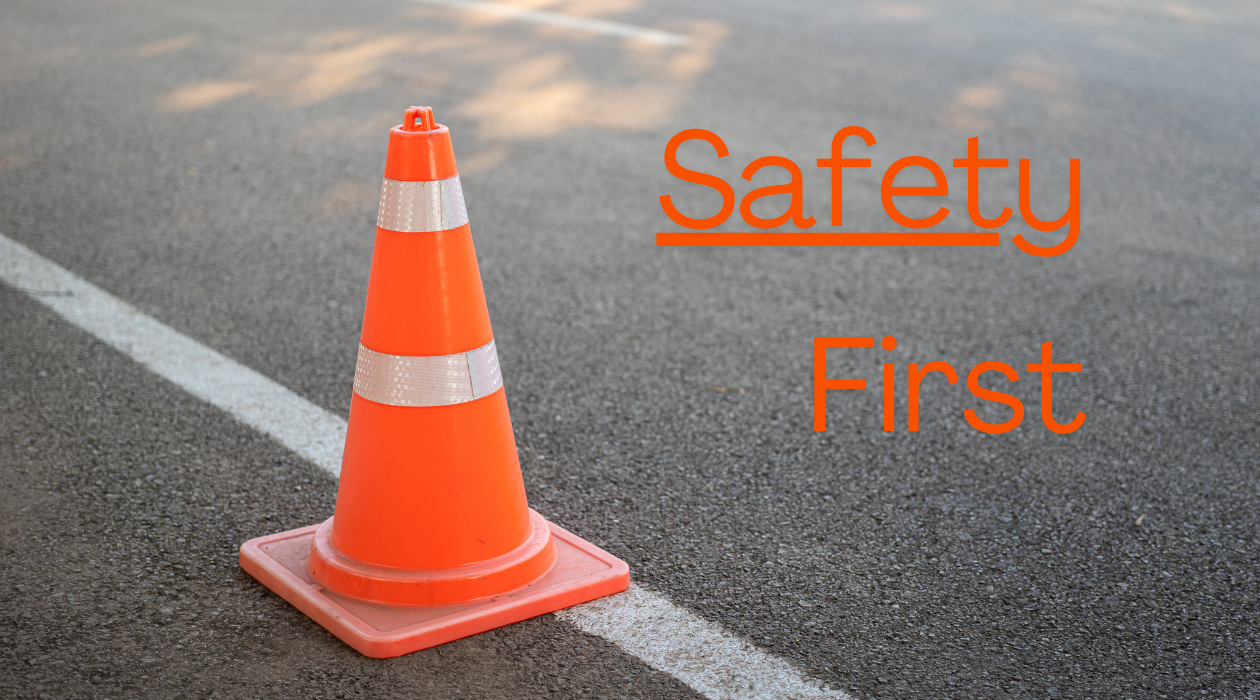As parents, keeping our children safe is our top priority. When it comes to biking, ensuring they wear a helmet is non-negotiable. In this article, we’ll delve into why children’s bike helmets are essential for preventing head injuries, and provide tips for ensuring a secure fit every time they ride.
Understanding the Risks: The Dangers of Riding Without a Helmet
Cycling is a popular activity among children, offering freedom and adventure. However, it also comes with inherent risks, particularly when it comes to head injuries. According to the National Highway Traffic Safety Administration (NHTSA), bicycle-related injuries are a leading cause of emergency room visits for children aged 14 and under, with head injuries being the most common and severe. Riding without a helmet significantly increases the risk of head trauma in the event of a fall or collision, making it imperative for children to wear helmets every time they ride.
Learn more about bicycle-related injury statistics from the CDC
The Role of Children’s Bike Helmets in Preventing Head Injuries
Bicycle helmets are specifically designed to absorb the impact of a collision and protect the rider’s head from injury. They consist of a hard outer shell and a layer of impact-absorbing foam, which work together to cushion the head and reduce the force of impact. By distributing the force of a blow over a larger area and preventing direct contact between the head and hard surfaces, helmets significantly reduce the risk of traumatic brain injury, skull fractures, and other serious head injuries.
Read more about how bike helmets work to protect the brain
Ensuring a Secure Fit: Tips for Proper Children’s Bike Helmets Use
- Simply wearing a helmet is not enough; it must also fit properly to provide maximum protection. Follow these tips to ensure your child’s helmet fits securely every time they ride:
- Measure your child’s head circumference and choose a helmet size accordingly.
- Adjust the helmet’s sizing wheel or pads to achieve a snug, but comfortable fit.
- Position the helmet level on your child’s head, with the front edge resting just above their eyebrows.
- Secure the chin strap snugly under the chin, with only one or two fingers able to fit between the strap and your child’s chin.
- Conduct a fit test by shaking your child’s head from side to side and up and down to ensure the helmet remains stable during movement.
Watch a video on how to properly fit a bike helmet from Safe Kids Worldwide
Setting a Good Example: Leading by Example
As parents, we play a crucial role in shaping our children’s behavior and attitudes towards safety. By consistently wearing our own helmets when cycling, we set a positive example for our children and reinforce the importance of helmet use. Make wearing a helmet a non-negotiable rule for the entire family, and encourage your child to remind their friends to wear helmets too.
Read more about setting a good example for children’s safety from the American Academy of Pediatrics
Accessing Helmets for All: Overcoming Barriers to Children’s Bike Helmets Use
Despite the proven benefits of helmet use, many children still lack access to proper safety gear. Financial constraints, lack of awareness, and cultural barriers can all contribute to low helmet use rates in certain communities. Organizations such as Safe Kids Worldwide and National Center for Safe Routes to School work to address these barriers by providing free or low-cost helmets, educational resources, and advocacy initiatives to promote helmet use among children from all backgrounds.
When it comes to children’s bike safety, wearing a helmet is a non-negotiable rule. By understanding the risks of riding without a helmet and the role helmets play in preventing head injuries, we can prioritize safety and ensure our children enjoy biking safely. Remember, it’s not enough to simply wear a helmet; it must also fit properly to provide maximum protection. By leading by example, setting a positive attitude towards helmet use, and advocating for access to helmets for all children, we can create a culture of safety that protects young riders on every bike ride.


